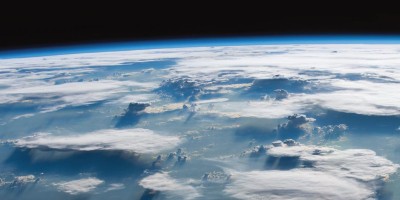Measurements from a yearlong drift in sea ice across the Central Arctic show that large amounts of fine sea salt particles are produced during blowing snow events, affecting cloud properties and warming the surface.
References
Twomey, S. J. Atmos. Sci. 34, 1149–1152 (1977).
Garrett, T. J. & Zhao, C. F. Nature 440, 787–789 (2006).
Gong, X. et al. Nat. Geosci. https://doi.org/10.1038/s41561-023-01254-8 (2023).
Schmale, J. et al. Atmos. Chem. Phys. 22, 3067–3096 (2022).
Krnavek, L. et al. Atmos. Environ. 50, 349–359 (2012).
Yang, X., Pyle, J. A. & Cox, R. A. Geophys. Res. Lett. 35, (2008).
Frey, M. M. et al. Atmos. Chem. Phys. 20, 2549–2578 (2020).
Confer, K. L. et al. J. Geophys. Res. Atmos. 128, e2022JD037667 (2023).
Author information
Authors and Affiliations
Corresponding author
Ethics declarations
Competing interest
The author declares no competing interests.
Rights and permissions
About this article
Cite this article
Jaeglé, L. Blowing hot and cold. Nat. Geosci. 16, 756–757 (2023). https://doi.org/10.1038/s41561-023-01261-9
Published:
Issue Date:
DOI: https://doi.org/10.1038/s41561-023-01261-9
- Springer Nature Limited


